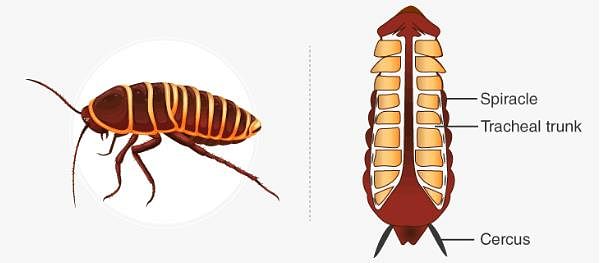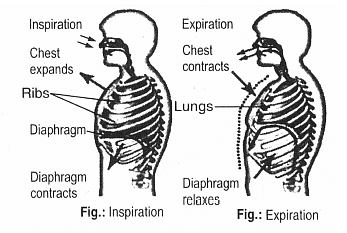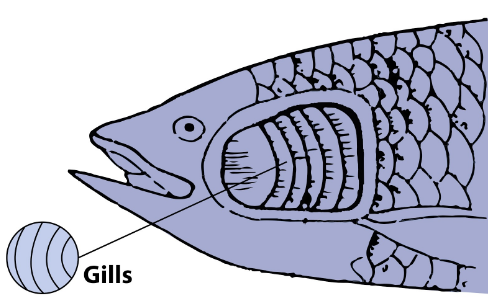UPSC Exam > UPSC Tests > Science & Technology for UPSC CSE > Test: Respiration in Organisms - UPSC MCQ
Test: Respiration in Organisms - UPSC MCQ
Test Description
10 Questions MCQ Test Science & Technology for UPSC CSE - Test: Respiration in Organisms
Test: Respiration in Organisms for UPSC 2024 is part of Science & Technology for UPSC CSE preparation. The Test: Respiration in Organisms questions and answers have been
prepared according to the UPSC exam syllabus.The Test: Respiration in Organisms MCQs are made for UPSC 2024 Exam. Find important
definitions, questions, notes, meanings, examples, exercises, MCQs and online tests for Test: Respiration in Organisms below.
Solutions of Test: Respiration in Organisms questions in English are available as part of our Science & Technology for UPSC CSE for UPSC & Test: Respiration in Organisms solutions in
Hindi for Science & Technology for UPSC CSE course. Download more important topics, notes, lectures and mock
test series for UPSC Exam by signing up for free. Attempt Test: Respiration in Organisms | 10 questions in 20 minutes | Mock test for UPSC preparation | Free important questions MCQ to study Science & Technology for UPSC CSE for UPSC Exam | Download free PDF with solutions
Detailed Solution for Test: Respiration in Organisms - Question 1
Detailed Solution for Test: Respiration in Organisms - Question 2
| 1 Crore+ students have signed up on EduRev. Have you? Download the App |
Detailed Solution for Test: Respiration in Organisms - Question 3
Test: Respiration in Organisms - Question 4
Plants breathe through their stomata located in their
Detailed Solution for Test: Respiration in Organisms - Question 4
Detailed Solution for Test: Respiration in Organisms - Question 5
Test: Respiration in Organisms - Question 6
Which of the following animals breathe through skin as well as through lungs?
Detailed Solution for Test: Respiration in Organisms - Question 6
Test: Respiration in Organisms - Question 7
What is the process in cells where breakdown of food happens with the use of oxygen called?
Detailed Solution for Test: Respiration in Organisms - Question 7
Test: Respiration in Organisms - Question 8
Yeasts are single-celled organisms that respire anaerobically and yield _____ and ________during this process.
Detailed Solution for Test: Respiration in Organisms - Question 8
Test: Respiration in Organisms - Question 9
Why does an athlete breathe faster and deeper than usual after finishing a race?
Detailed Solution for Test: Respiration in Organisms - Question 9
Test: Respiration in Organisms - Question 10
What is the normal range of breathing rate per minute for an average adult at rest?
Detailed Solution for Test: Respiration in Organisms - Question 10
|
146 videos|358 docs|249 tests
|
Information about Test: Respiration in Organisms Page
In this test you can find the Exam questions for Test: Respiration in Organisms solved & explained in the simplest way possible.
Besides giving Questions and answers for Test: Respiration in Organisms, EduRev gives you an ample number of Online tests for practice
|
146 videos|358 docs|249 tests
|
Download as PDF





















